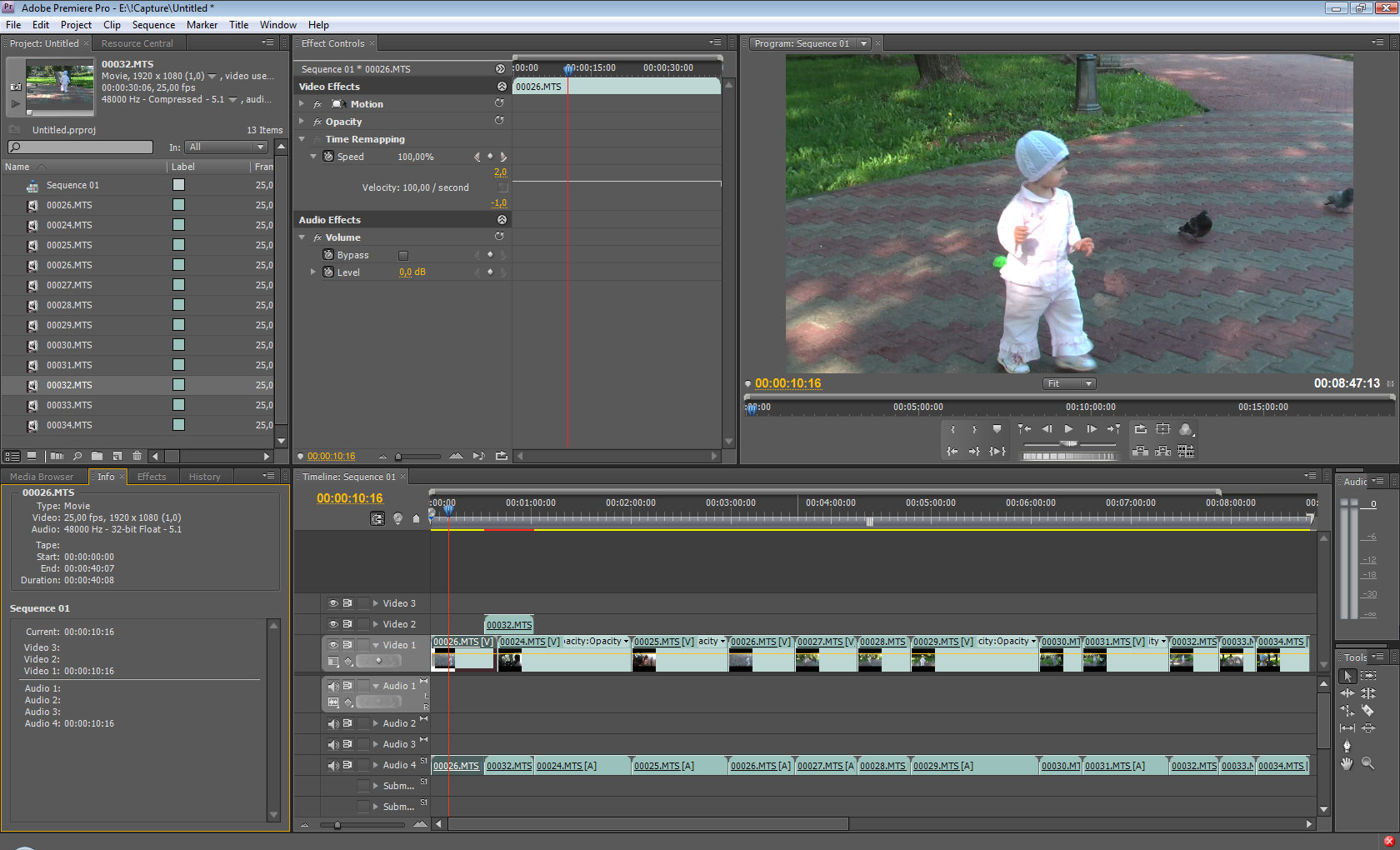

- #Adobe premiere pro cs4 cost manuals
- #Adobe premiere pro cs4 cost install
- #Adobe premiere pro cs4 cost driver
- #Adobe premiere pro cs4 cost upgrade
My guy thought the problem was with my Blu-ray drive but it turns out that it was a driver issue.
#Adobe premiere pro cs4 cost install
By enabling RAID in the BIOS, the SATA controllers for optical drives no longer would work and we could no longer install Windows 7.

Despite this, and faced with a motherboard that didn’t have a hardware solution, I instructed my system builder to continue with the build anyways by enabling the RAID mode in the BIOS. Even though it is only a two disk RAID, it is a hardware RAID, and is much more stable than an Intel software solution. On my last two motherboards I have used the ASUS Drive Xpert, which is a two disk (only) hardware RAID solution, offered by the Marvell® controller. In hindsight, the lack of the Marvell controller on the base model should have been an indicator that the hardware RAID solution that I wanted was not included on the base model. It turns out the base model lacks this feature but the Pro, Deluxe, and WS models include it.
#Adobe premiere pro cs4 cost manuals
ASUS did a poor job of documenting which of the X79 motherboard models include the ASUS Drive Xpert feature that allows hardware RAID 0 or RAID 1 arrays – I had to download each of the motherboard manuals to confirm which featured ASUS Drive Xpert and which didn’t. Although it lacks a Firewire connection (which I really no longer need) I do not recommend the base model for two reasons:ġ – The ASUS P9X79 lacks a hardware RAID solution. I returned the Asus P9X79 base model motherboard and upgraded to the Asus P9X79 Pro (for a measely $21.61 more). (It turns out that the base model lacks some of the features I need – see below) The P9X79 has all the features I need, including support for multiple GPUs, which might be useful if I was to add the NVIDIA Tesla C2075 companion processor, but I don’t have plans to at this point as my 1920×1080 HD workflows don’t need any more GPU power. There aren’t currently too many options for LGA 2001 CPUs and with one exception, all my previous and current video editing systems have ASUS motherboards. Premiere Pro is built on a 64bit architecture and supports multi-core processing so this should dramatically improve my video render times. Moving to a higher clock speed will speed-up video render times but adding another two cores, all running at a higher clock speed, will add even more processing power. Thanks to Videoguys for getting me started on this build with their DIY 9 specs, on which this build is based. I’ve listed the actual prices I paid from my local computer supplier, NCIX. My OS will be Windows 7 Professional 64bit. The USB 3.0 was a late add-on for me and I used it for both speedy client file transfers to external USB 3.0 hard drives and for my always-on and backed-up-nightly 10TB Sans-Digital external RAID tower that backs-up of my video editing and storage drives. NVIDIA GeForce GTX 285 video card (Premiere Pro GPU supported)Ģx2TB RAID 0 Video editing hard drives – Western Digital Black (Hardware RAID using ASUS Drive Xpert)ĥ00GB SATAII operating system hard drive – Western Digital Blueīasically this was a quad core system with a good amount of RAM, a Premiere Pro supported NVIDIA CUDA card for GPU acceleration, and traditional spinning hard drives. Intel Core i7 920 CPU 4 core 2.66 GHz LGA 1366 I called her “Green” because her NVIDIA co-branded Coolermaster case had green ribbing, a transparent green side panel, and emitts a green LED glow from its fan.
#Adobe premiere pro cs4 cost upgrade
My Core i7 920 system was cutting edge when I built it and although I did upgrade a few of the components over the years, it still is basically the same system I started with and is still blazing fast.


 0 kommentar(er)
0 kommentar(er)
